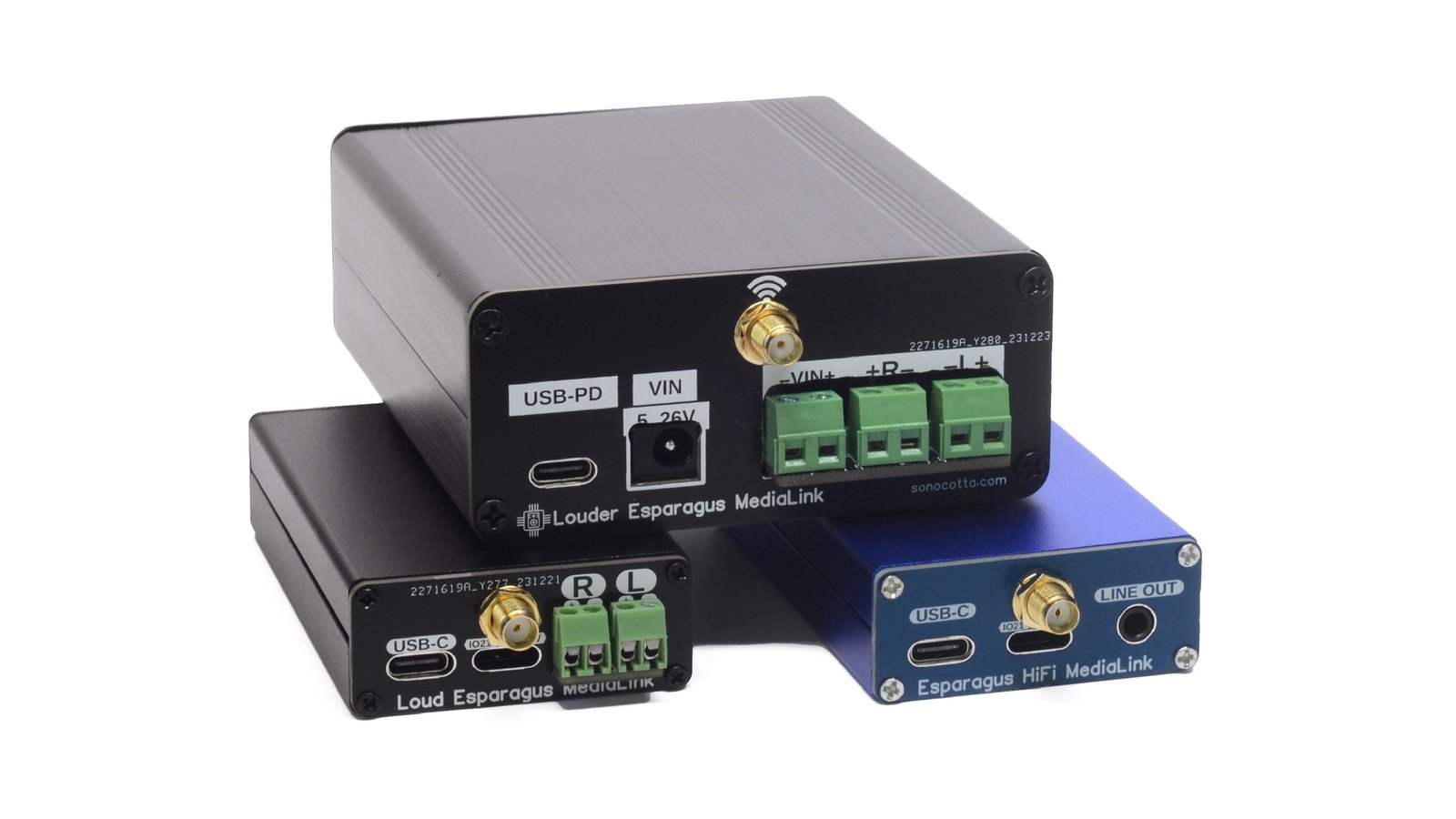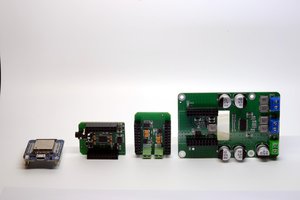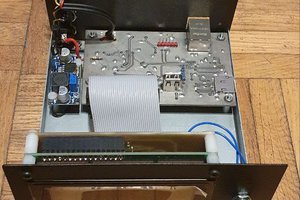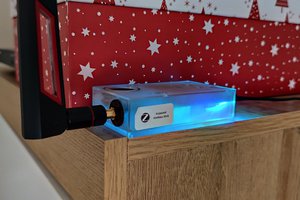This project is based on the HiFi version of the ESP32 Audio Dock, in fact it shares a lot with it. But it adds a few important extras.
Most noticeably it adds an aluminum case which adds a much more finished look, compared to the bare pcb module. I had a custom back panel that exposes the most important board interfaces.
- USB-C port for power, flashing and debugging
- Line level audio output. You can drive headphones with it, as well as connect to your stereo system, like a traditional pre-internet amplifier.
- Wi-Fi antenna connector. (As you may imagine perception is not so good inside alu case)
- 5V Relay output driver controlled by GPIO (if you wish to switch your external amp off, when device goes to sleep).
It uses an off-the-shelf ESP32-WROVER module that includes a PSRAM chip, which is basically mandatory for internet streaming projects.
It is designed primarily to be used with the squeezelite-esp32 software, which is a brilliant way to enter streaming era using low-power device, like ESP32
I'm planning to add a transparent front panel, therefore the OLED screen and RGB led are in WIP state, but it is possible to connect and use them.
Esparagus HiFi MediaLink
ESP32 based streaming upgrade for your audio gear
 andriy.malyshenko
andriy.malyshenko






 Marek Więcek
Marek Więcek
 h4rdc0der
h4rdc0der
 Mark J Hughes
Mark J Hughes
So I just spent the last 20 minutes RTFM'ing, and this really needs a QuickStart guide. I have been attempting to connect to it via my phone, and I'm blocked by a wifi password. Bluetooth is not showing anything at all, so no dice there either. Cannot find how to use this standalone (not setting up with HA) anywhere in your documentation. I know this is probably basic stuff, but we need to know the basic stuff somehow.